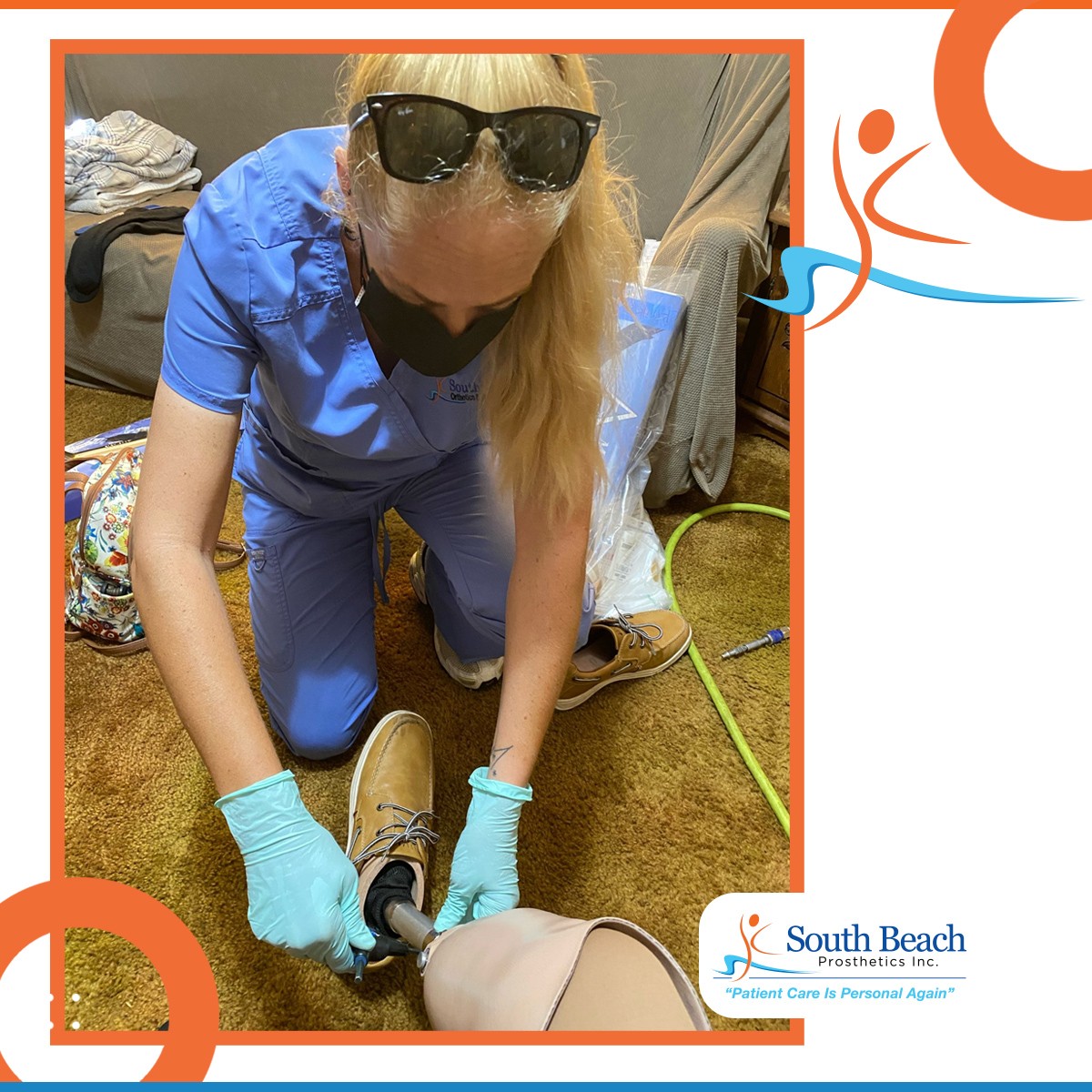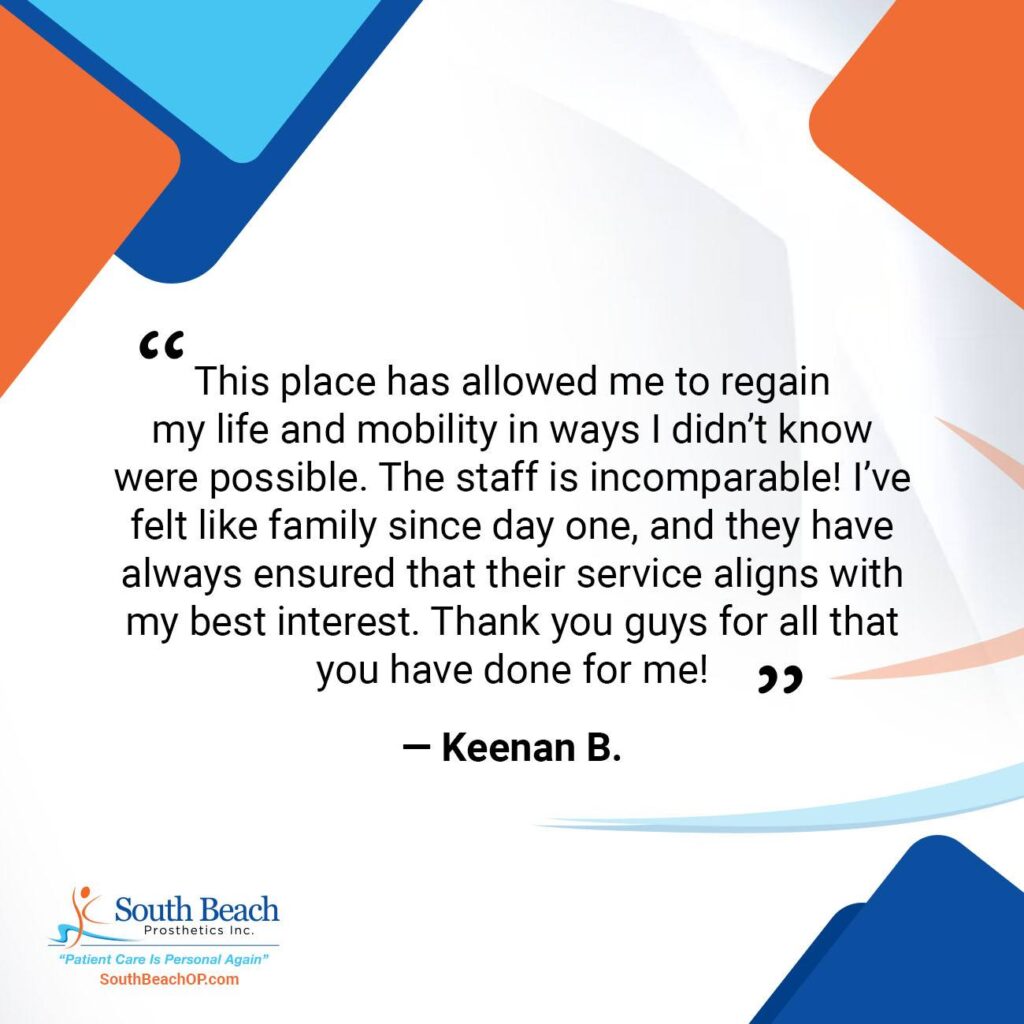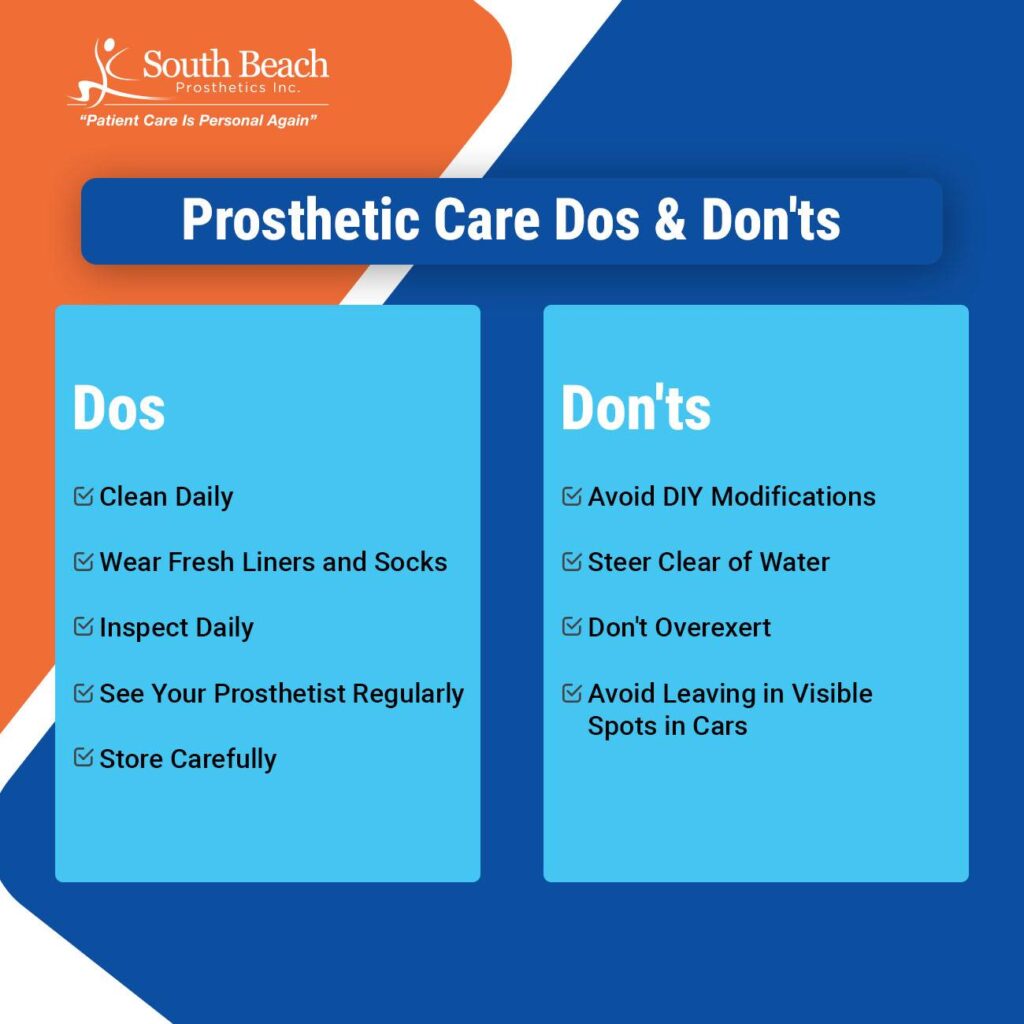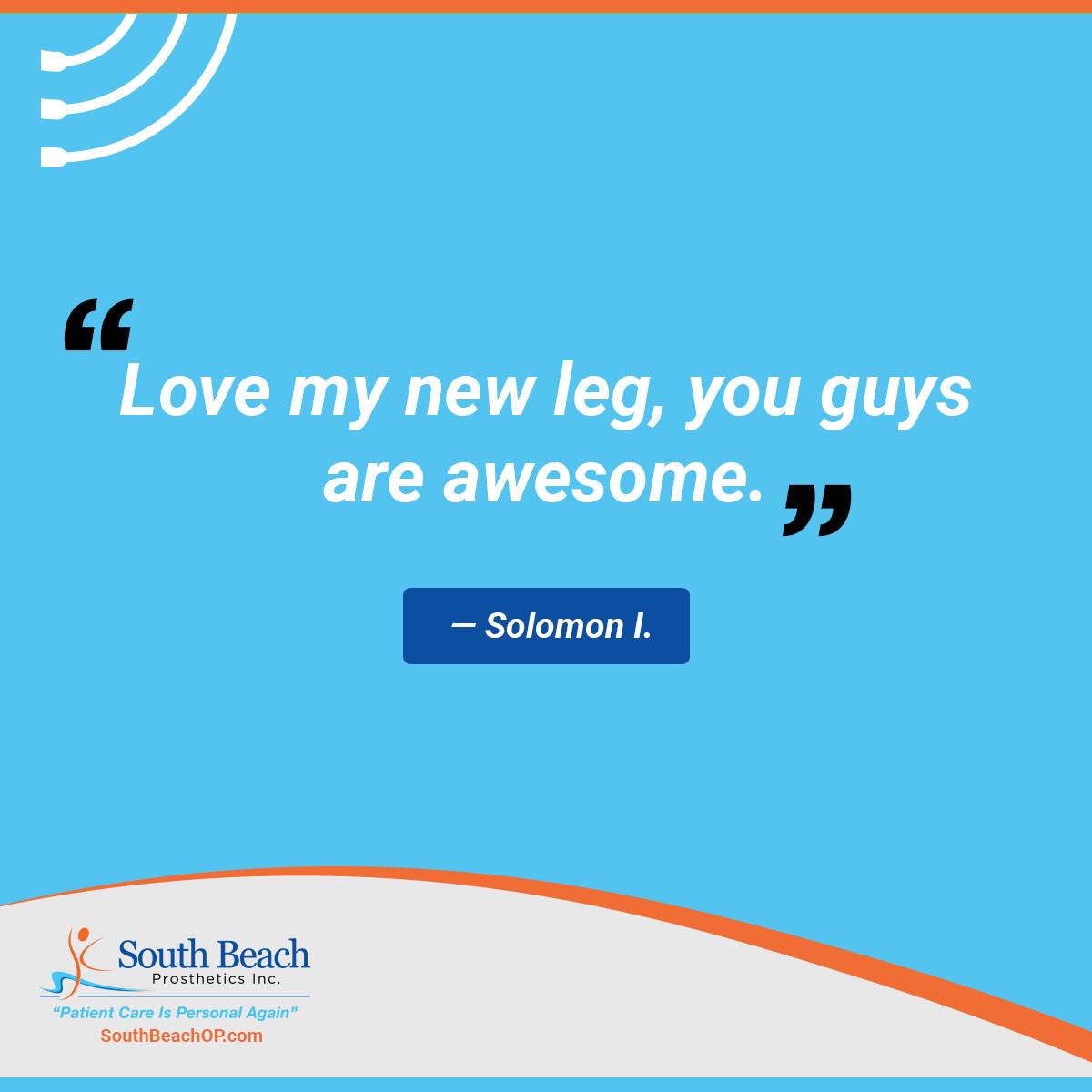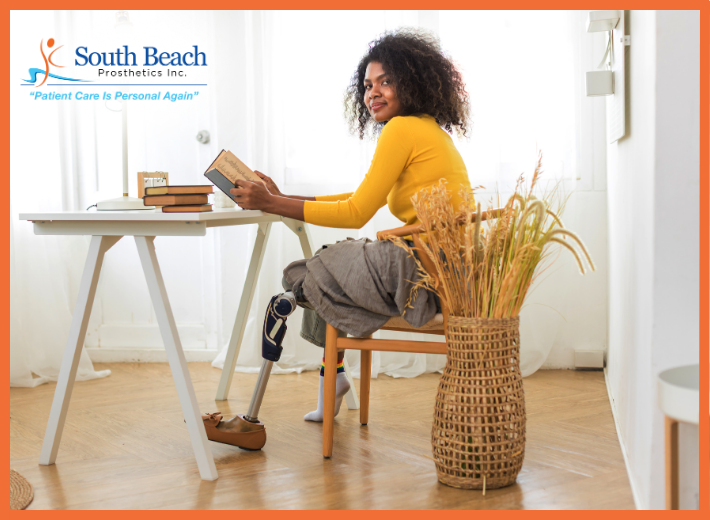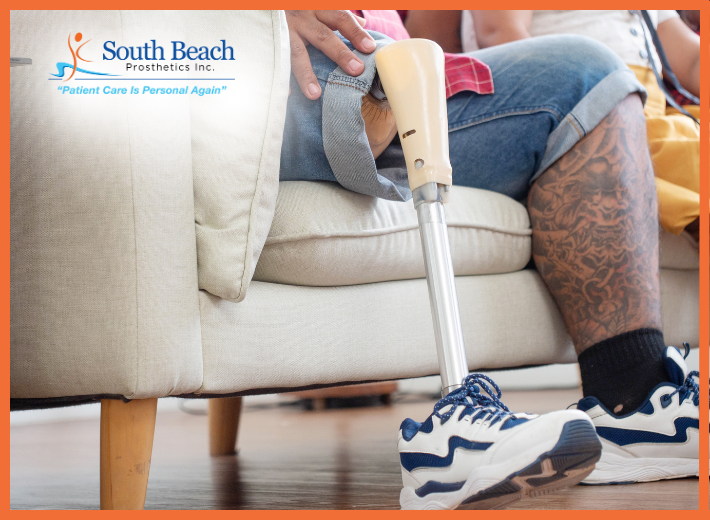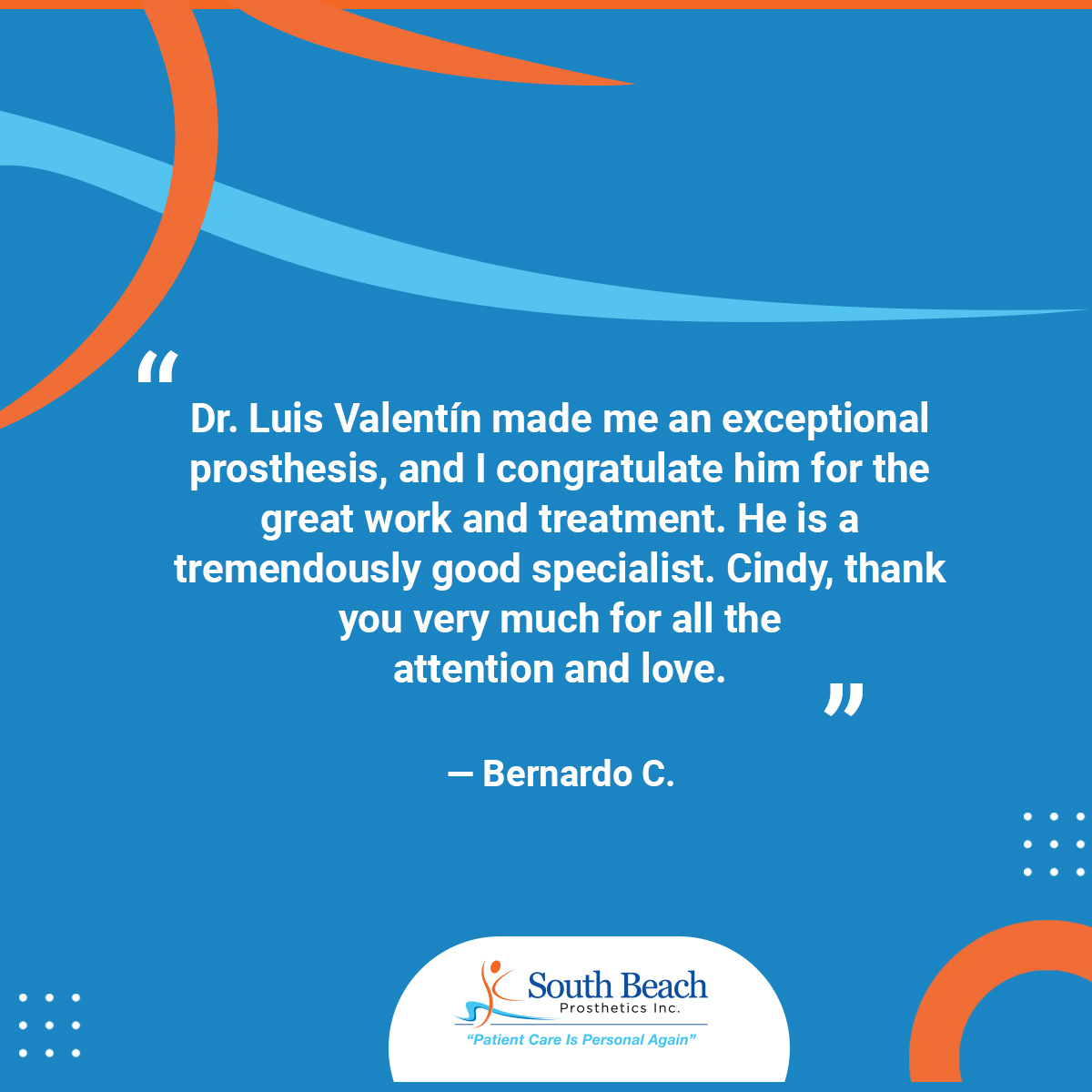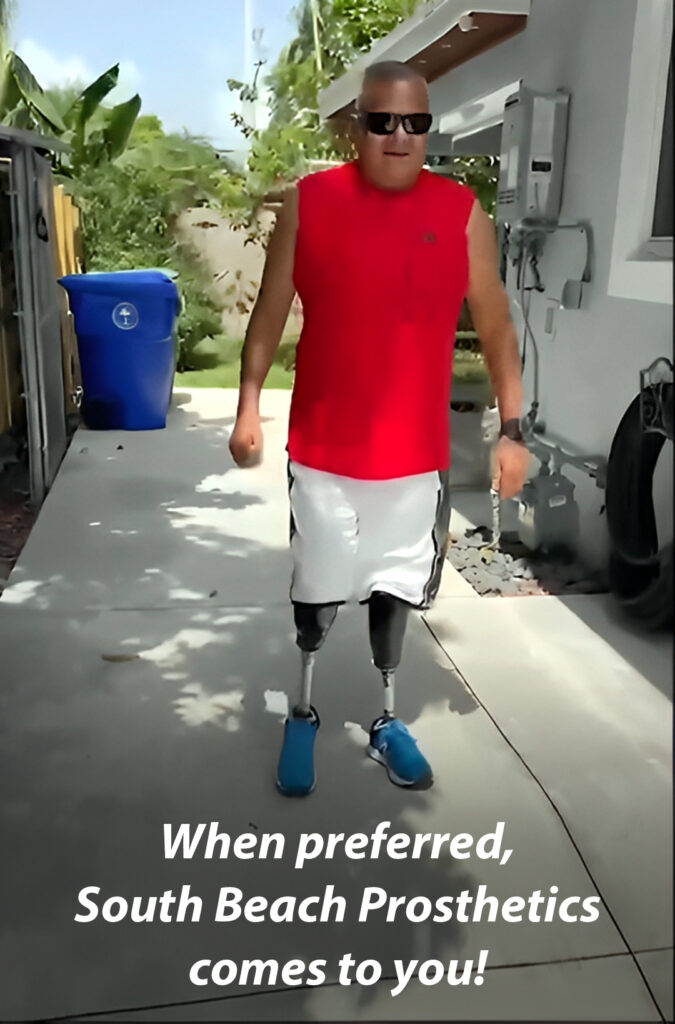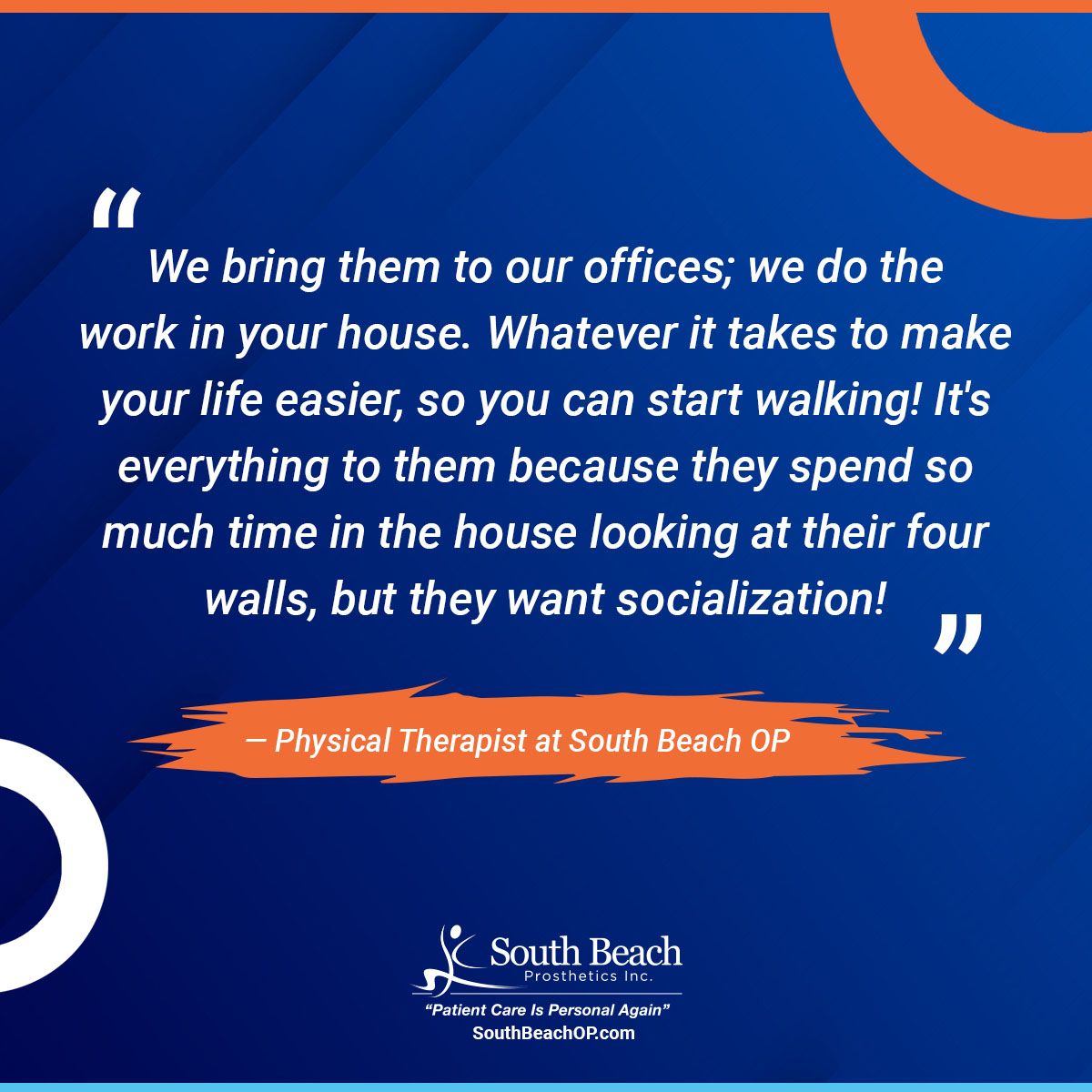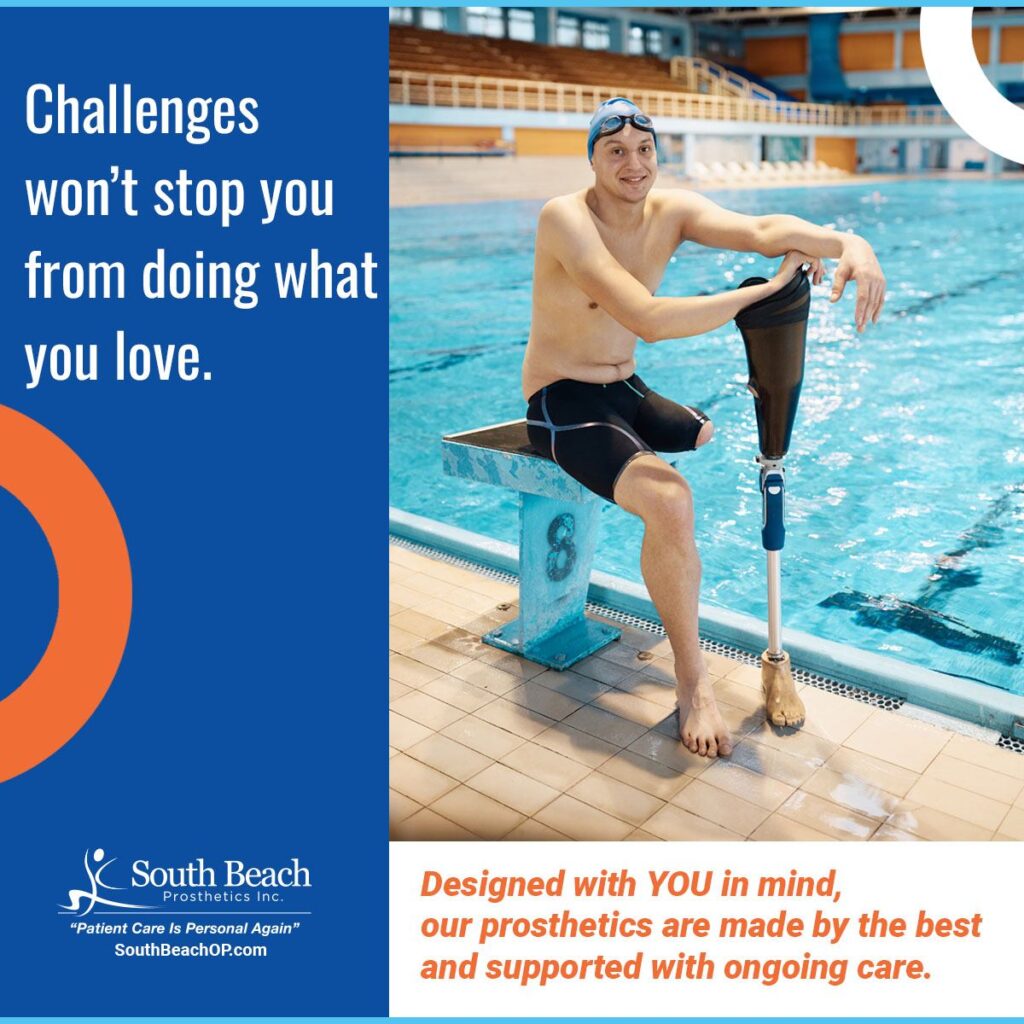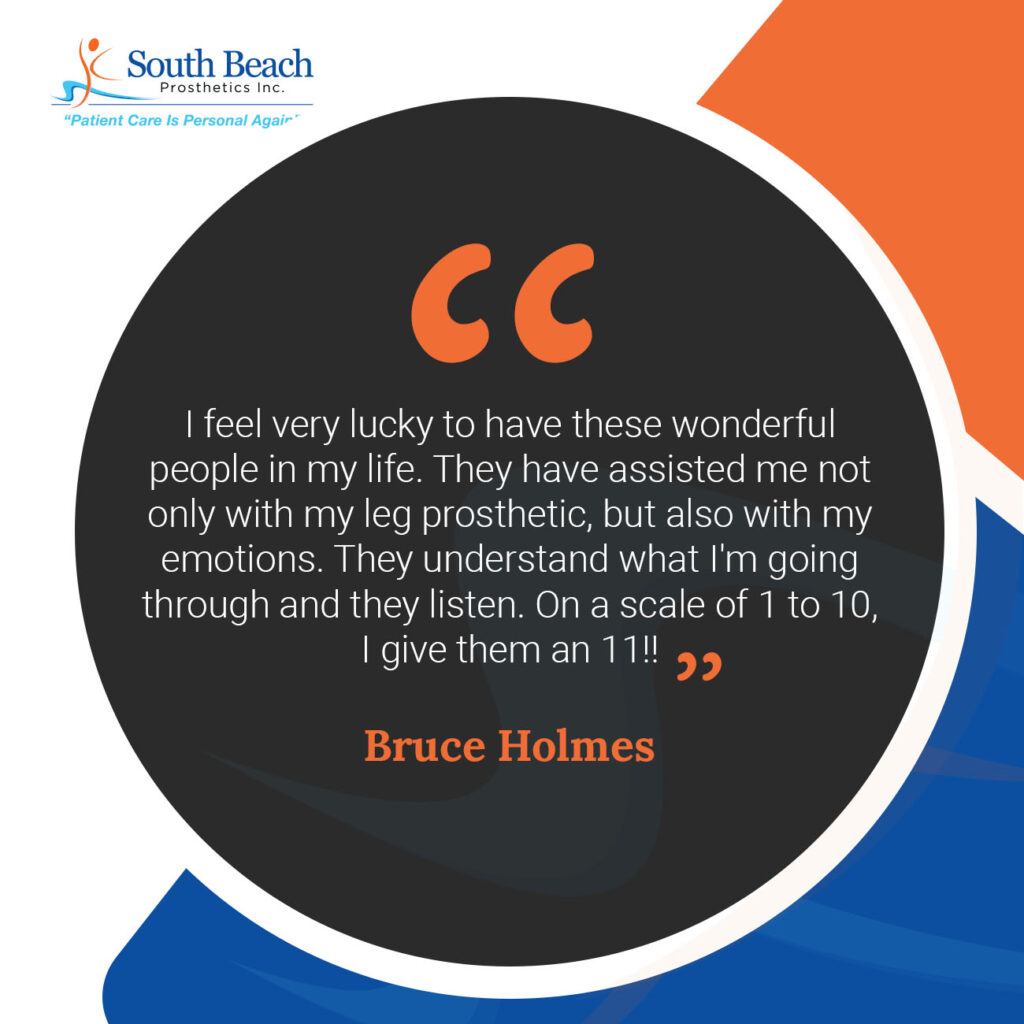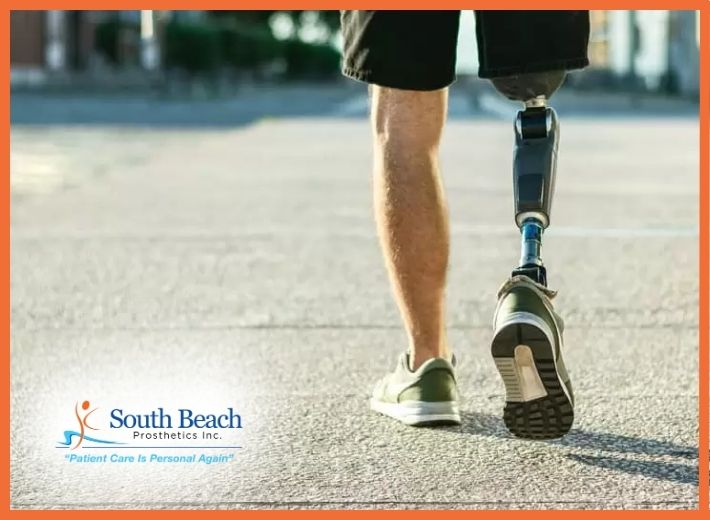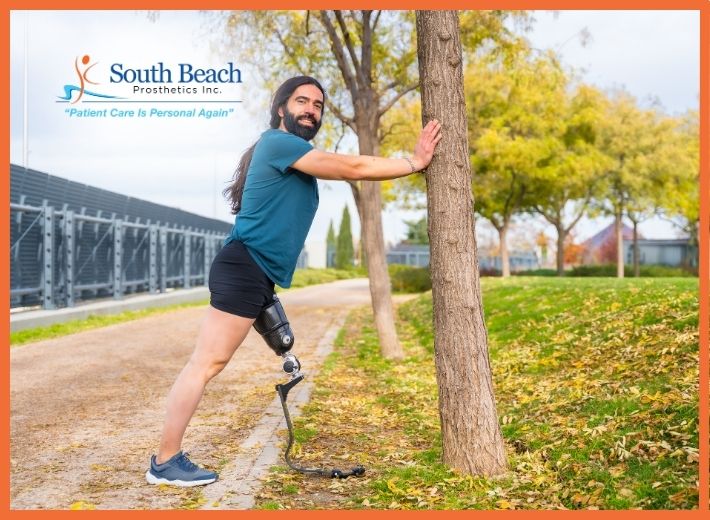Amputation can be a life-altering experience, but with the right support and rehabilitation, individuals can regain a high level of independence and quality of life. This guide explores the crucial role of recovery and rehabilitation after amputation. Learn how our cutting-edge prosthetic techniques and materials, combined with our total passion for patient support and satisfaction, can make your journey smoother. If you have questions, we are here.
Losing a limb because of accidental trauma or disease has an enormous impact on a person’s body, emotions, relationships, vocation and way of life. While some other surgical procedures return the patient to health and wellness relatively quickly, the recovery period after a major amputation can take a long time and require hard work on the part of both patient and care team.
For patients facing an amputation, the rehabilitation process starts, when possible, even before the surgical procedure. This is called “pre-hab.”
The Amputation Rehabilitation Team
Physical medicine and rehabilitation experts can work with you to create an individualized plan and prepare you for what’s ahead. Your rehabilitation team may include:
- A physical medicine and rehabilitation doctor focuses on restoring health and functional abilities after amputation, and creates a custom treatment plan built around your needs.
- A physical therapist works with you on muscle strength, flexibility and coordination, and trains you in how to use your prosthesis if one is part of your recovery.
- A prosthetist, or orthotic expert, creates a customized prosthesis if one will be used.
- An occupational therapist works with you to maximize your independence and adapt to daily life, with or without a prosthetic.
- A rehabilitation psychologist helps you with grief and loss associated with removal of a limb, and any associated mental health crises including post-traumatic stress disorder (PTSD).
Your Amputation Recovery
The success of post-amputation rehabilitation depends on many factors, including:
- Your age and medical history
- Your general health, diet, fitness and lifestyle
- Which body part is amputated
- The surgical approach
For example, a young, fit person undergoing amputation after an accident may have stronger muscles and healthier blood vessels than an older adult who has lost a limb after years of living with diabetes or peripheral artery disease. However, a sudden and unexpected amputation can put more stress on the person’s mental health.
Smoking is a major obstacle to successful recovery. Smoking can cause post-surgical complications, slower healing and worsening vascular disease. Rehabilitation experts strongly suggest that anyone going through rehabilitation after amputation quit smoking.
Emotional Recovery After Amputation
Amputation can be devastating, leaving you with sadness, anger and grief at the loss of your independence and self-image. You might also be dealing with fear regarding the costs of medical care and the amputation’s impact on your career.
You are not alone. About 41% of people who have undergone an amputation are at risk for anxiety (including PTSD), depression, substance use disorder, strained relationships and reduced quality of life. It is important to remember that treatment for these symptoms can be very effective. Making a commitment to work with a rehabilitation psychologist can help your mind and emotions recover along with your body.
In the early phases of your recovery, self-care is especially important. Try to get regular sleep, maintain a routine and eat healthy foods, and try some relaxation techniques such as meditation or mindfulness. Most important, make sure you have a support system of trusted family members and friends with whom you can share your feelings and concerns.
Prosthetics After Amputation
Not everyone who has an amputation wants or needs an artificial device to replace the lost body part. In helping you decide, the physical medicine and rehabilitation team considers many aspects of your life and health, including what extremity was amputated. Leg prosthetics can help restore mobility. Arm prosthetics can be more complex, including newer models with technology that interfaces with the nervous system and enables fine motor movement.
Your age, weight, fitness and general health before the amputation are important variables. An older patient or one with a chronic condition may already have limited mobility. A heart condition may make it hard to tolerate the physical work required to use a leg prosthesis. Children with a congenital limb loss or malformation often have the stamina and energy to do very well with prosthetic devices.
Assessing Readiness for Prosthetic Devices
Deciding to use a prosthetic device is an important choice, and requires a commitment. Training and ongoing maintenance and upgrades can be part of the picture. In addition to assessing your physical readiness for a prosthesis, your doctor and rehab team will talk over all the pros and cons with you so that you can make the best decision for your goals and lifestyle.
Starting Out With a Prosthesis
There are several types of prosthetic devices. If the prosthesis is a traditional one that uses suction to attach to your remaining limb, you will likely receive it after your amputation site has healed, which usually takes about six weeks. If the site heals well and there are no complications, you can begin to use your prosthetic.
You will have support as you adapt to life with your new hand, foot, arm or leg. The physical medicine and rehabilitation doctor will see you regularly for at least six months. Physical therapy is an essential part of your recovery, and your program will adapt as you make progress in strength, endurance, balance and mobility.
Patients with an arm prosthesis work intensively with an occupational therapist, who can optimize their motor skills and give them the best chance for independence in their daily activities.
How Prosthetics Are Made
Unlike artificial limbs of the past, modern prostheses use lighter, stronger materials, and updated technology helps them work more efficiently. Depending on the type of amputation, the prosthesis may include a joint to replace an elbow or knee. Sometimes, prostheses are deliberately made short to enable mobility while protecting the person from injury due to falls.
Designing and fabricating prosthetics is both an art and a science, and it requires an understanding of physics, engineering, anatomy and physiology. The prosthetist begins by taking a plaster mold of the remaining limb. This mold can help create an artificial limb that is the right size.
Parts of a Prosthetic
A traditional prosthetic device contains the following components:
- Pylon: A rod that forms the inner core of the artificial arm or leg and is composed of metal or carbon fiber
- Socket: Where the device attaches to the stump. The socket must be carefully fitted and customized so it does not irritate or place undue pressure on tissues.
- Liners: Layers of dressings, socklike linings and cushions can make the interface between the residual limb and the prosthesis more comfortable. As tissue swelling recedes after surgery, these can be adjusted.
- Suspension system: What keeps the prosthetic attached. A prosthesis can use harnesses, belts, straps or suction to stay in place.
For a traditional prosthesis, you will need to change liners, sleeves and socks at least every six months.
Getting Your Life Back After Amputation
Amputation can change your life, but you do not have to face the future without help. Whether you choose to have or not have a prosthesis, the physical medicine and rehabilitation team will work with you to regain as much of your mobility, well-being and independence as possible.
Regain your independence after amputation with advanced prosthetic solutions. Our experts will explore your options and help you get back to living life to the fullest. We have in-home care – and also can offer you transportation services if you’d like to come in to see us. We are truly here for you. Contact us today at 888-819-4721. Follow us on Instagram for more tips.

